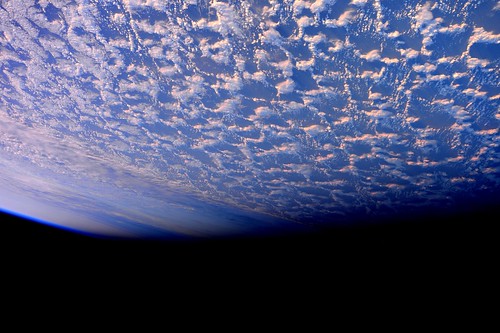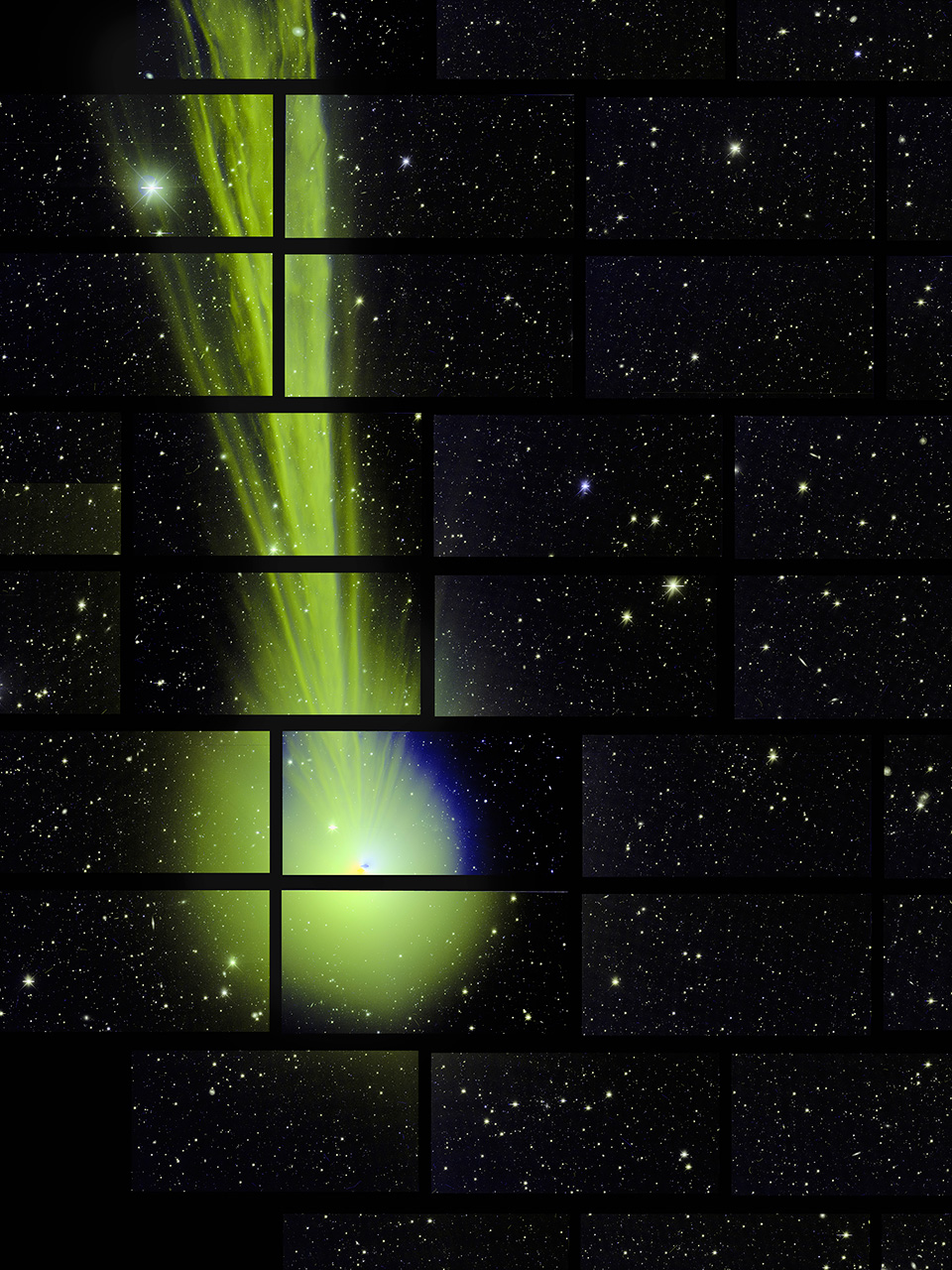IC 59 and IC 63
http://astrophotography.aa6g.org/Astrop ... f8300.html
Copyright: Chuck Vaughn
Found Images: 2015 February
-
starsurfer
- Stellar Cartographer
- Posts: 5409
- Joined: Thu Mar 15, 2012 7:25 pm
- geckzilla
- Ocular Digitator
- Posts: 9180
- Joined: Wed Sep 12, 2007 12:42 pm
- Location: Modesto, CA
- Contact:
Re: Found Images: 2015 February
I don't know about this being an APOD but it was just too beautiful and simple not to share. More terraphotography (see what I did there? it's the opposite of astrophotography.. har..ok ok) from AstroSamantha.

Good night from #space. by AstroSamantha, on Flickr

Good night from #space. by AstroSamantha, on Flickr
Just call me "geck" because "zilla" is like a last name.
-
starsurfer
- Stellar Cartographer
- Posts: 5409
- Joined: Thu Mar 15, 2012 7:25 pm
Re: Found Images: 2015 February
NGC 2170
https://www.flickr.com/photos/deepskycolors/11724011684
Copyright: Rogelio Bernal Andreo The area of emission nebulosity to the left is part of Barnard's Loop. The small reflection nebula near the bottom right corner is NGC 2183-5 while the one to the left of it is vdB70. The large round nebula near the top right corner is uncatalogued!
https://www.flickr.com/photos/deepskycolors/11724011684
Copyright: Rogelio Bernal Andreo The area of emission nebulosity to the left is part of Barnard's Loop. The small reflection nebula near the bottom right corner is NGC 2183-5 while the one to the left of it is vdB70. The large round nebula near the top right corner is uncatalogued!
Re: Found Images: 2015 February
Dark Energy Camera catches breathtaking glimpse of comet Lovejoy
Fermi National Accelerator Laboratory | 2015 Feb 26
Fermi National Accelerator Laboratory | 2015 Feb 26
On December 27, 2014, while scanning the southern sky as part of the Dark Energy Survey, researchers snapped the above shot of comet Lovejoy. The image above was captured using the 570-megapixel Dark Energy Camera, the world’s most powerful digital camera. Each of the rectangular shapes above represents one of the 62 individual fields of the camera.
At the time this image was taken, the comet was passing about 51 million miles from Earth – a short distance for the Dark Energy Camera, which is sensitive to light up to 8 billion light years away. The comet’s center is a ball of ice roughly three miles across, and the visible head of the comet is a cloud of gas and dust about 400,000 miles in diameter.
Know the quiet place within your heart and touch the rainbow of possibility; be
alive to the gentle breeze of communication, and please stop being such a jerk. — Garrison Keillor
alive to the gentle breeze of communication, and please stop being such a jerk. — Garrison Keillor
-
starsurfer
- Stellar Cartographer
- Posts: 5409
- Joined: Thu Mar 15, 2012 7:25 pm
